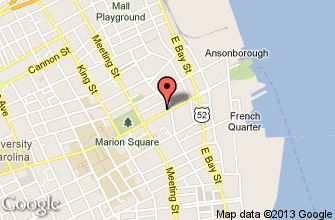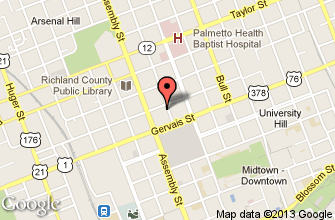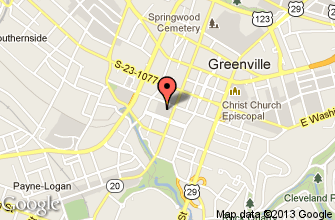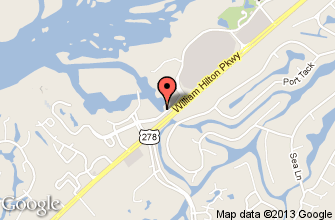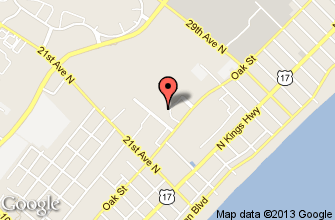News Room
PrintPatent Holders Add Another Arrow to Their QuiverAuthored by: Douglas W. Kim
June
14, 2016
On Monday, June 13, a decision by the Supreme Court of the United States made it easier for patent holders to receive damages from infringers. In the case of Halo Electronics, Inc. v. Pulse Electronics, Inc., Docket No. 14-1513 (June 13, 2016), the Court held that a patent-infringement plaintiff can recover enhanced damages if it shows, by a preponderance of the evidence, that the infringer engaged in “egregious” activity.
Section 284 of the Patent Act provides that when a patentee wins a judgement for infringement, the court can increase the damages up to three times the amount found/assessed. Prior Federal Circuit decisions interpreted this section so that enhanced damages were only permitted if the patentee showed that the infringer acted with both “objective recklessness” and “subjective knowledge” of wrongdoing. This interpretation was quite a high bar and effectively reduce the risk of enhanced damage awards. In Halo, the Supreme Court rejected this enhanced damages test because it “requires a finding of objective recklessness in every case before district courts may award enhanced damages,” which “excludes from discretionary punishment the most culpable offenders.”
Under this most recent holding, the ability to receive enhanced damages no longer requires a showing of objective recklessness before enhanced damages are awarded. When there is a showing of “wrong-doing” by the patent infringer, enhanced damages, at least, may be available. Specifically, the Court stated that “the subjective willfulness of a patent infringer, intentional or knowing, may warrant enhanced damages, without regard to whether his infringement was objectively reckless.” The ability to cobble together a defense for patent infringement no longer guarantees that enhanced damages are off the table.
The Supreme Court’s decision also overturned the prior test’s “clear-and-convincing evidence” qualification. The Court recognized that The Patent Act (Section 284) makes no mention of a burden of proof, observing that “patent infringement litigation has always been governed by a preponderance of the evidence standard,” and that enhanced damages “are no exception.”
Moving forward, the Supreme Court provided direction to the District Courts which seems to indicate that the District Courts have the discretion to award enhanced damages where appropriate “as a sanction for egregious infringement behavior” and that those awards will be reviewed with deference on appeal, making a reversal less likely. The Court did specifically state that enhanced damages should not be awarded in “garden-variety cases” and that District Courts should limit awards of enhanced damages to “egregious cases of misconduct beyond typical infringement.”
The Court also recognized that the political issue of easing the ability to received enhanced damages could stifle innovation for fee of patent infringement. Further, there is the ability of enhanced damages to make Patent Trolls more powerful. The Court indicated that the District Courts should be mindful, when awarding enhanced damages, that patent law should maintain “a careful balance between the need to promote innovation” (by awarding inventors with patents) “and the recognition that imitation and refinement through imitation are both necessary to invention itself and the very lifeblood of a competitive economy.” Halo Electronics, Inc. (citing Bonito Boats, Inc. v. Thunder Craft Boats, Inc., 489 U. S. 141, 146 (1989)).
With this lowering of the bar for enhanced damages, the patent owner adds a powerful arrow to their quiver. The impact of the Halo decision will undoubtedly elevate the importance of companies commissioning certain opinions from qualified patent attorneys, including those of non-infringement, invalidity and unenforceability, but its effect on other patent law legal services, such as clearance opinions and prior art searches, has yet to be seen.

